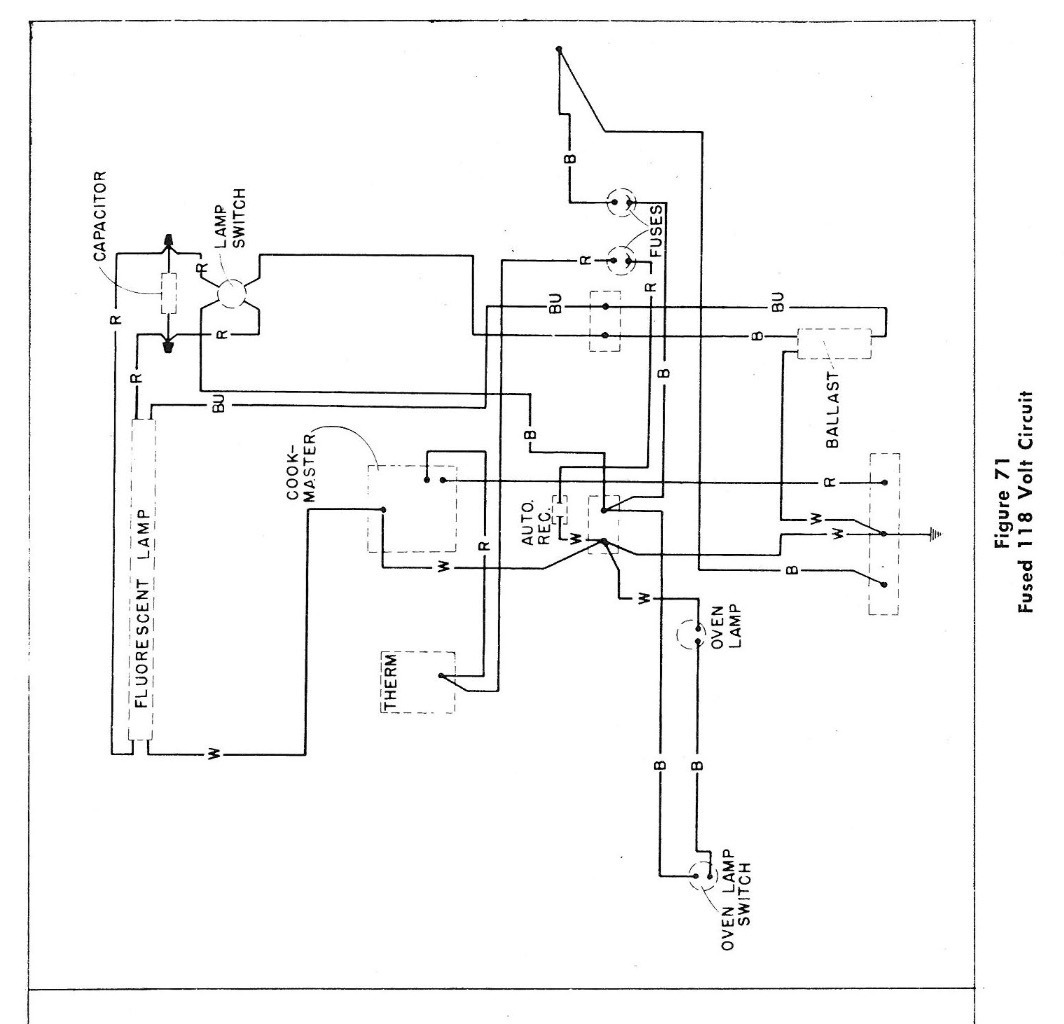The house that I rent has an old (c. 1955) stove. There is a fluorescent fixture inside the back console to provide light to the cook surface, which takes a 30-watt T8 bulb. When this fixture was working, it was operated by a push button; to turn on the light, you had to press & hold the push button for a couple of seconds (until the ends of the bulb glowed faintly) and then release the button.
Recently, my wife tried to turn on this light to make dinner, and told me that there was a "bright flash" and the light didn't work any more. I went to our local big-box store and bought a replacement tube. I installed it, turned it on, and there was a bright flash and then the replacement tube didn't work either. Both tubes had something audibly rattling around inside them after their failure.
So something is obviously wrong with the lighting circuitry inside the stove. My questions are:
- What is the likely cause of this failure mode?
- Can I replace the fluorescent bulb with an LED tube replacement such as this one? Or will the circuitry fry that too?
I did manage to dig up an old service manual for this range; the wiring diagram for the fluorescent fixture is below. My main goal here is to avoid calling in the landlord/repair people if it's something I can fix myself, but I do not have the expertise to go mucking around with the internal wiring.

